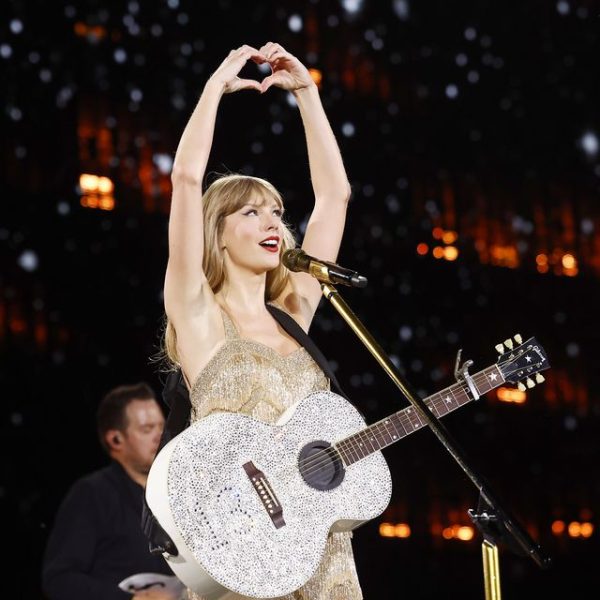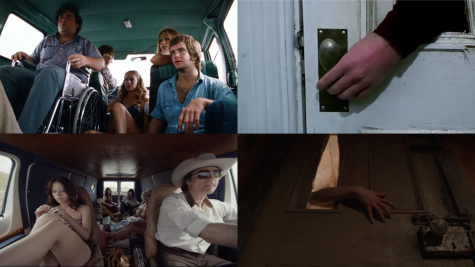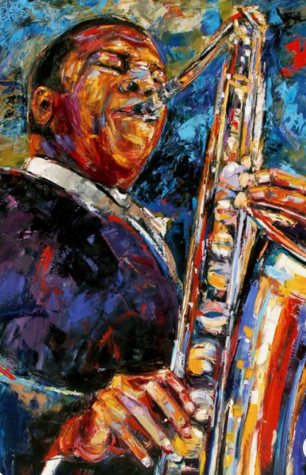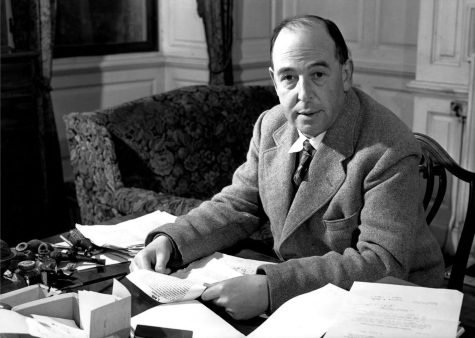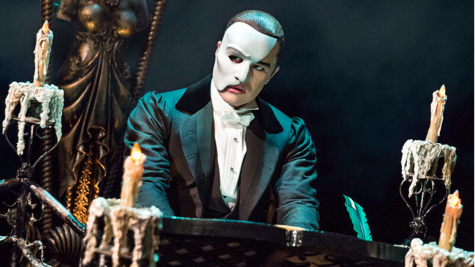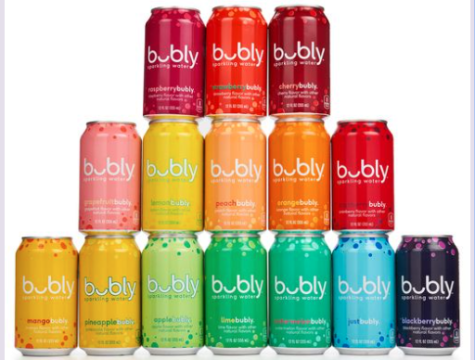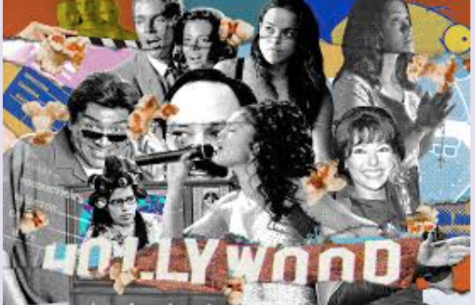Androgynous Fashion is Here to Stay
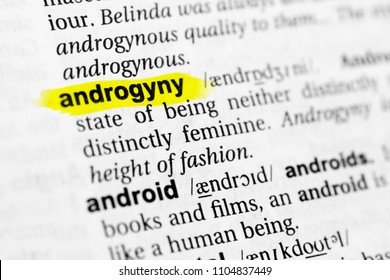
One of the most prominent and visible symbols of the rigid gender binary in our society is consumerism. Almost every store assigns a gender to mundane products like shampoo, razors, and clothes. Throughout modern (and ancient) history, many have defied those restrictions and dared to mix the feminine and masculine together, a powerful symbol of resistance. In December of 2020, Harry Styles appeared on the cover of Vogue in a dress, prompting backlash from those who claimed “men need to be manly.” Perhaps this outrage speaks to the fragility of the gender stereotypes and barriers in our society, but this fear, like androgynous fashion, is nothing new.
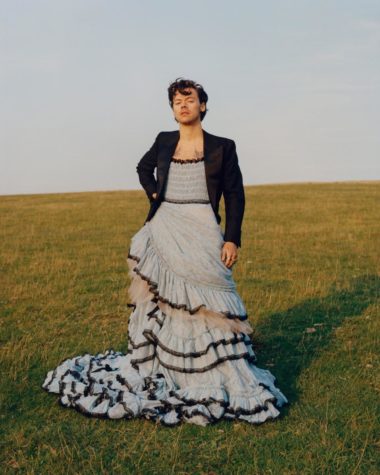
Although androgynous fashion and expression have been documented since ancient times, prominent trends have come in and out of style throughout the last century. During the early twentieth century, for instance, movie stars and musicians flaunted trendy gender-bending clothes. Hollywood grew, and for the first time in history, films influenced society and fashion on a great scale.
During the 1920s, after World War I, women favored short haircuts and boyish silhouettes, in stark contrast to the traditional hyper-feminized corseted dresses and lengthy hair. In the 1930s, Marlene Dietrich and Katharine Hepburn popularized suits for women. American women were no longer weighed down by corseted dresses and thick petticoats, which upset many conservatives.
During World War II, American women’s involvement in the workforce led to the rise of pants and traditionally masculine fabrics. After the war, during the 1950s, Americans tried to conform as much as possible. During this time, practically anything out of the ordinary was shunned and feared, which is perhaps why the subsequent 1960s marked an age of rebellion. Younger men grew out their hair and changes in legislation such as the decriminalization of crossdressing led to the Peacock Revolution, a fashion movement that began with stars like David Bowie, The Beatles, and Jimi Hendrix. Men began to wear eyeliner, clothes that emphasized a feminine silhouette, feather boas, and bold, colorful prints.
By the 1980s, Prince’s go-go boots and glittery jumpsuits blurred gender stereotypes, as did Michael Jackson and Madonna’s clothing which showcased both masculine silhouettes and suits and feminine shapes. In New York City, the covert Vogue Ball scene flourished, influencing Madonna’s music, dance, and fashion.
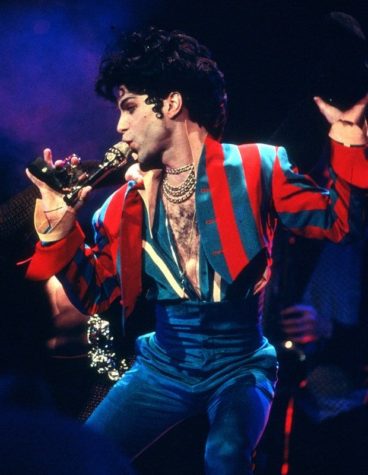
In 2021, the younger generation dubbed Gen-Z favors loose-fitting clothing popularized by TikTok stars and musicians like Billie Eilish, natural makeup for all, and bold prints. Influencers like James Charles are beginning to normalize men in makeup, and more and more brands are marketing clothing and makeup to all genders.
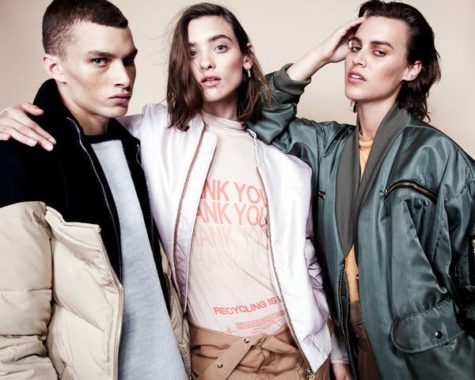
History clearly shows us that men wearing dresses, as Harry Styles did, is nothing new. Yet in 2021, people are still shocked at the sight of a man wearing traditionally feminine clothing on the cover of a fashion magazine. Harry Styles is not only standing on the shoulders of David Bowie, but also on those of the many queer people of color who rocked those styles first. Gender-bending trends and fashion have always existed, and they are not going away. Wearing a dress or a suit cannot strip away masculinity or femininity, and perhaps it is time we stopped fighting these trends and started embracing them.
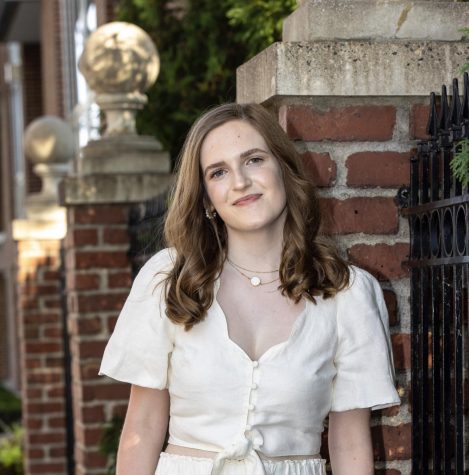
Grace Richardson is a senior and the Co-Executive Editor of The Visitation Voice. This is Grace's fourth year working on the paper and her third year occupying...


